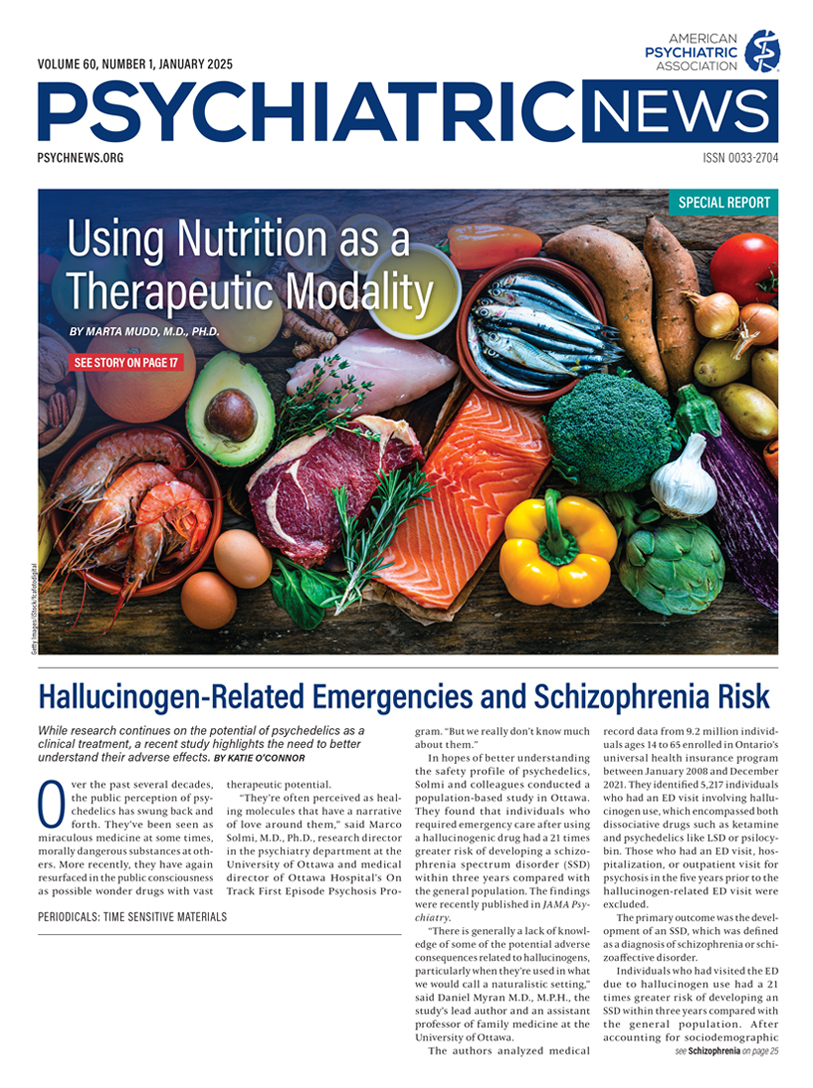Adolescent Overdose Deaths Soared in States That Legalized Recreational Cannabis Use
Jurisdictions in the United States that implemented cannabis legalization had a significantly greater increase in overdose deaths among adolescents during the height of the COVID-19 pandemic compared with jurisdictions that had not legalized cannabis, a
study in the
American Journal on Addictions has found.
Researchers at the International Academy on the Science and Impact of Cannabis and colleagues accessed the Centers for Disease Control and Prevention’s WONDER database to obtain overdose data for adolescents ages 14 to 18 for each state and Washington, D.C., from 2008 through 2021. They evaluated the data according to each jurisdiction’s cannabis legalization status: recreational legalization, medicinal but not recreational legalization, and nonlegalization.
The researchers found that from 2008 through 2014 (the years before legalization became more common), unintentional drug overdose death rates among adolescents were similar and decreasing in nonlegalizing and legalizing jurisdictions. After 2014, the overdose death rate began to climb, with significant acceleration between 2018 and 2021. Jurisdictions that implemented recreational legalization had overdose death rates that were 88%, 479%, and 115% greater in 2019, 2020, and 2021, respectively, than in nonlegalizing jurisdictions.
The researchers posited that the increase in adolescent overdose deaths in legalizing jurisdictions could stem from cannabis being a gateway drug to opioids because cannabinoids act in part on opioid receptors and increase dopamine concentrations much like opioids. Another possibility is that legalizing jurisdictions may have more underground fentanyl for adolescents to access.
“Whatever the underlying mechanisms, the increasing trend during and since the COVID-19 pandemic portends a continuing increase in drug overdose deaths in American adolescents, especially in jurisdictions that have legalized or plan to legalize recreational cannabis,” the researchers wrote.
Zolpidem May Help Manage Catatonia
Zolpidem may be helpful in managing catatonia when benzodiazepines do not work or patients do not have access to electroconvulsive therapy, according to a small
review in the
Journal of the Academy of Consultation-Liaison Psychiatry.
Researchers at Stanford University identified 29 studies and reviewed 35 selected cases in which zolpidem was used for managing catatonia. Of these, 19 were primarily psychiatric (major depressive disorder, schizophrenia, autism spectrum disorder, etc.), 12 were neurologic/neuropsychiatric (dementia, presumed delirium, encephalitis, etc.), and four were medical (Cushing’s disease, anemia, and medication-induced).
The researchers found largely positive results for different uses of zolpidem:
•
10 out of 11 positive results when used as a challenge agent for diagnosis
•
3 out of 3 when used as a first-line monotherapy
•
4 out of 7 when used as a first-line combination therapy agent
•
7 out of 10 when used as a second-line monotherapy
•
4 out of 4 when used as a second-line augmentation therapy
Most cases in which zolpidem had positive results used doses of up to 30 mg per day, including when zolpidem was used with a benzodiazepine. On the other hand, most cases in which zolpidem failed used a maximum dose of 10 mg.
“Overall, zolpidem represents an important agent in the pharmacologic armamentarium of catatonia treatment. Its effectiveness in case-level data is promising, in particular in cases where traditional benzodiazepines fail,” the researchers wrote. “Further study is needed of its use in catatonia and may help individualize treatment … as well as further elucidate pathophysiologic changes in patients with catatonia.”
Patients With Insomnia Get More Sleep Under Weighted Blankets
Weighted blankets may improve sleep quality and duration in people with insomnia, a
study in
BMC Psychiatry suggests. These blankets are designed with materials such as chains or silica/glass beads that evenly distribute pressure over the body.
Researchers at Zhejiang University School of Medicine in China and colleagues randomized 102 adults with insomnia to receive and use either a weighted blanket or a regular blanket for one month. For the first week of the study, all participants received an actigraphy belt to place under their sheets in the chest position to record the number of times they woke up during the night. The researchers measured the patients’ sleep quality with the Pittsburgh Sleep Quality Index (PSQI) and other outcomes at baseline, one week, and one month post-intervention.
Ninety-five participants completed the study, 50 with weighted blankets and 45 with regular blankets. At one month, the mean PSQI score dropped 4.1 points in the group who used weighted blankets, compared with 2 points in those who used regular blankets. Actigraphy revealed that participants who used weighted blankets experienced a decrease in the number of awakenings from 16.8 on the first day to 15.3 on the seventh day, whereas participants who used normal blankets experienced an increase in awakenings from 13.8 to 14.8. Participants who used weighted blankets also had improvements on sleep-related outcomes such as daytime sleepiness, fatigue, anxiety, stress, and bodily pain compared with those who used regular blankets.
Living Near Gyms and Rec Centers Linked to Lower Risk of Certain Dementias
Living near multiple physical activity facilities such as a gym, YMCA, or recreational center is associated with a reduced risk of mixed/vascular dementia in older people, according to a
study in
Alzheimer’s and Dementia. However, proximity to physical activity facilities does not appear to affect the risk of Alzheimer’s disease, suggesting that neighborhood resources may lower dementia risk primarily through a vascular pathway.
Researchers at Johns Hopkins Bloomberg School of Public Health and colleagues analyzed data from 2,923 adults who were at least 65 years old in the Cardiovascular Health Cognition Study, which was conducted from 1992 to 1999. The study was conducted in two mainly urban areas, Pittsburgh and Sacramento, and two mainly suburban or rural areas, Hagerstown, Maryland, and Winston-Salem, North Carolina. The researchers ascertained neighborhood characteristics via data from the Retail Environment and Cardiovascular Disease project.
The researchers found that participants who lived within a kilometer of at least two physical activity facilities had a 35% lower risk of incident mixed/vascular dementia after adjusting for age compared with those who did not live near any such facilities. They found no reduced risk of dementia for participants who lived near just one physical activity facility.
“This may highlight the importance of both geographic accessibility and availability (i.e., enough quantity) of these resources to mitigate dementia risk in later life,” the researchers wrote. “For example, older adults in particular may be more likely to use a gym or recreation center if it is close to home and if there are enough facilities available to limit overcrowding.” ■




